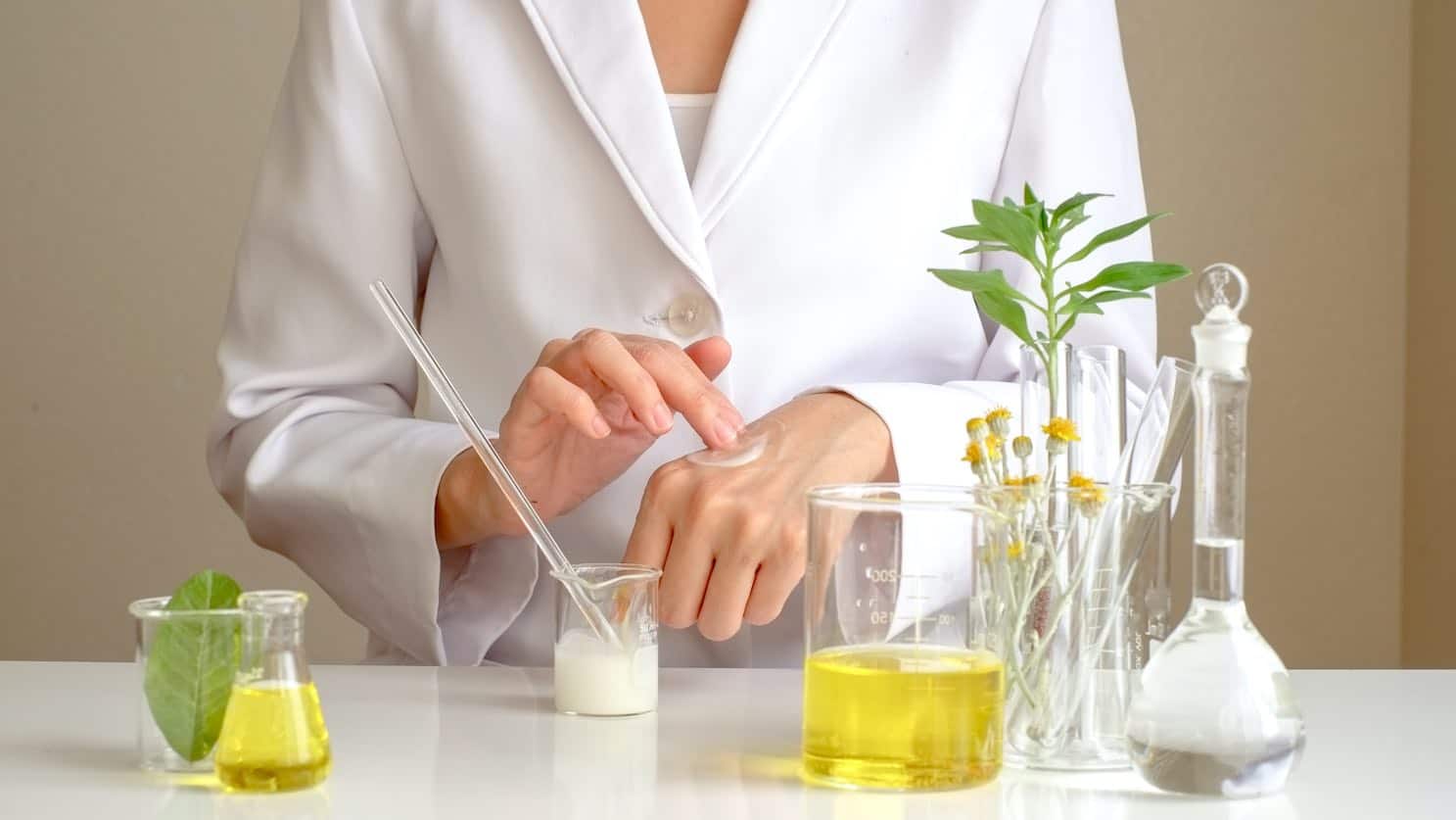Team Costhetics said good-bye to many of our favourite routines during the COVID lockdown.
One routine that not only survived, but thrived, was our skin care regime. A March 2020 survey found 90% of respondents were adhering to their care regimen. In September of the same year, well into lockdown, 85% were still at it. Well done!
Interest in skin care has never been stronger. According to a tweet analysis by Sprinklr and Twitter, there were 6.4 million tweets throughout the year with the hashtag #skincare. Trapped at home, face to face with their own face, people became extremely conscious of their complexion and the products they use to care for it.
Consumers have never been more knowledgeable about the how and why of skin care. They are making new demands on manufacturers regarding products, packaging, ethical sourcing and more
Skin Care Ingredients with Medical Credentials
Change is in the air. For the first time in many years, the sale of clinical skin care products surpassed natural products in 2020. Consumers want to see skin care promises supported by medical research based on established science and testing.
Prebiotics for Dermatitis
If probiotics were all the rage in 2020, prebiotics are stealing the spotlight in 2021. Prebiotics are a form of dietary fibre found in food. When coupled with a diet rich in probiotics, these tiny micro-organisms are especially beneficial for people suffering from atopic dermatitis.
Upcycled Ingredients for a Healthy Planet
Skin care consumers are worried about more than their complexions. They worry about Mother Earth, too. One way they’re easing that worry is with skin care products containing recycled or upcycled ingredients. One company uses upcycled white-pink bark extract from Canadian forests to address skin pigmentation, inflammation, and carbonylation.
Fruit Extracts for Blue Light Protection
While we’ve been quarantined indoors, safe from the harsh rays of the sun, the blue light emitted from our devices has been on the attack. When it’s exposed to blue light, the skins natural rhythms of melatonin production are disrupted. This leads to the loss of antioxidant defences and damage to the mitochondria. Gardenia fruit extract (crocetin) has demonstrated benefits against both blue light and UV radiation.
Neurocosmetic Ingredients
Wish your skin care did more than make you look better? What if it could make you feel better, too? Neurocosmetics is a branch of skin care with products that offer additional benefits such as relaxation and stress management. “Cannabis and its derivatives have become the go-to ingredients in the wellness segment of the beauty industry,” reports Global Cosmetics Industry magazine.
Made with Malachite
Malachite is a green copper carbonate hydroxide mineral. It’s popular in jewellery-making and is gaining an audience with the skin care set. The liquid extract derived from the stone contains natural bioavailable copper and trace minerals. They protect against free radical damage and oxidative stress.
Peat Extract
Peat, the spongy material that develops when natural things decompose, is giving skin a new lease on life. Tests show that it can help enhance skin barrier membrane function, suppress skin inflammation, and reduce the oxidative stress associated with skin ageing.
Costhetics Predicts: 2021 Is Going to Be Good for Your Skin
The list of innovative skin care ingredients goes on and on: quercetin, a plant flavanol that combats dark spots and wrinkles, wogonin to prevent age spots, and baicalein to combat dehydration. In truth, it can all be a bit confusing at times. When the word salad of ingredients gets to be too much, Costhetics recommends you ask a pro. Consult with a dermatologist or other skin care specialist for a you-centric tour of the wild and wacky world of cosmetic ingredients.
